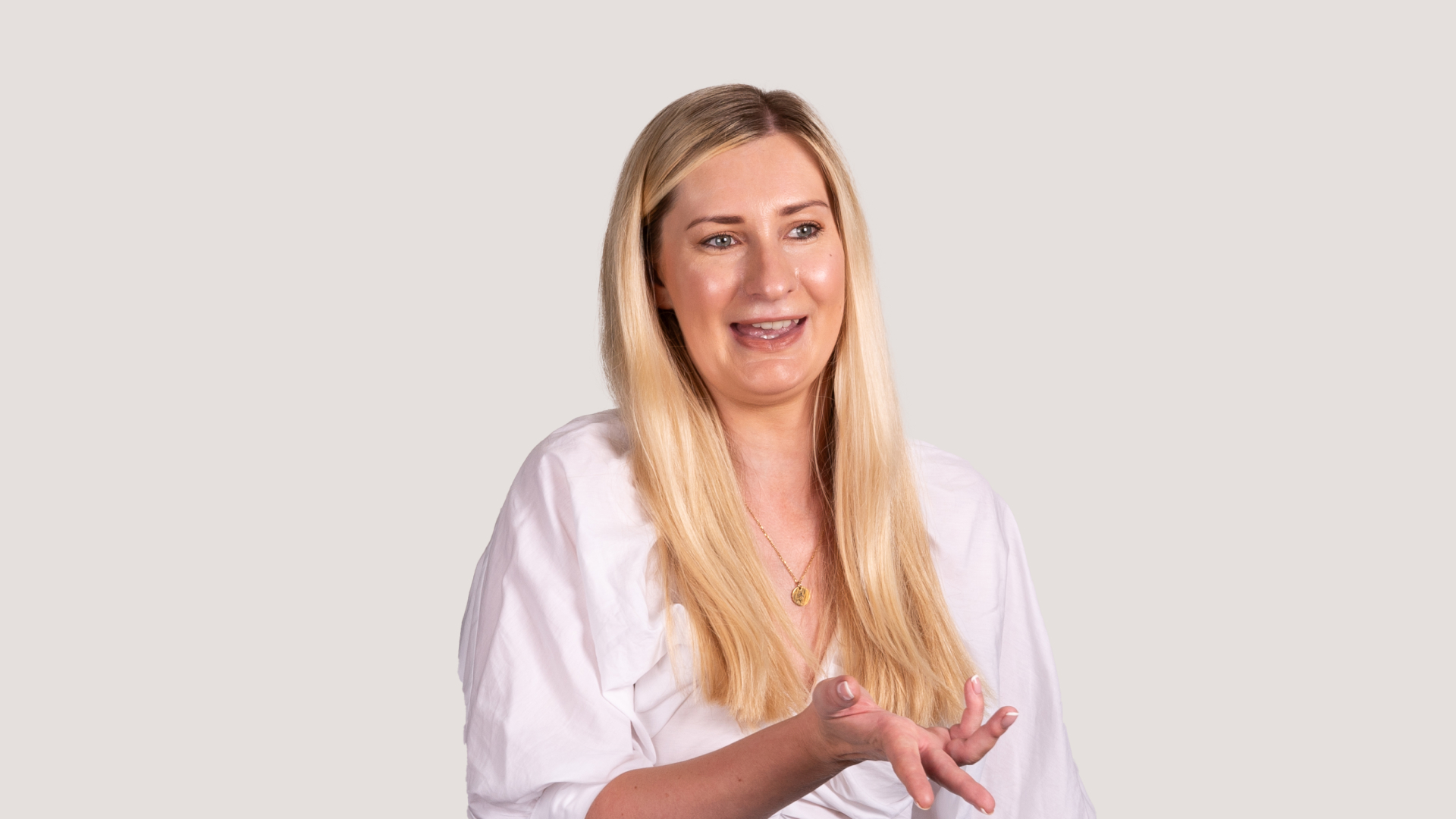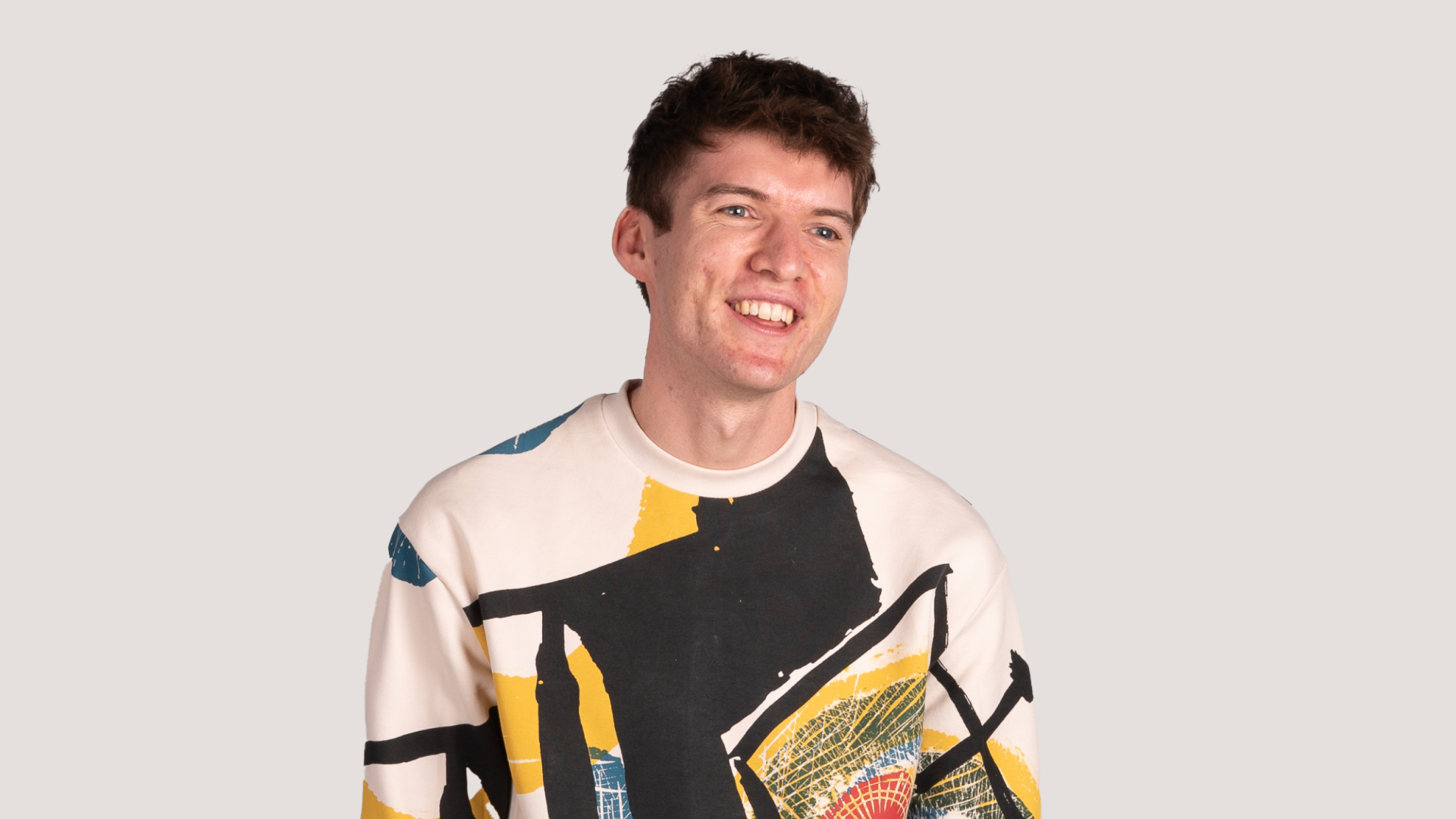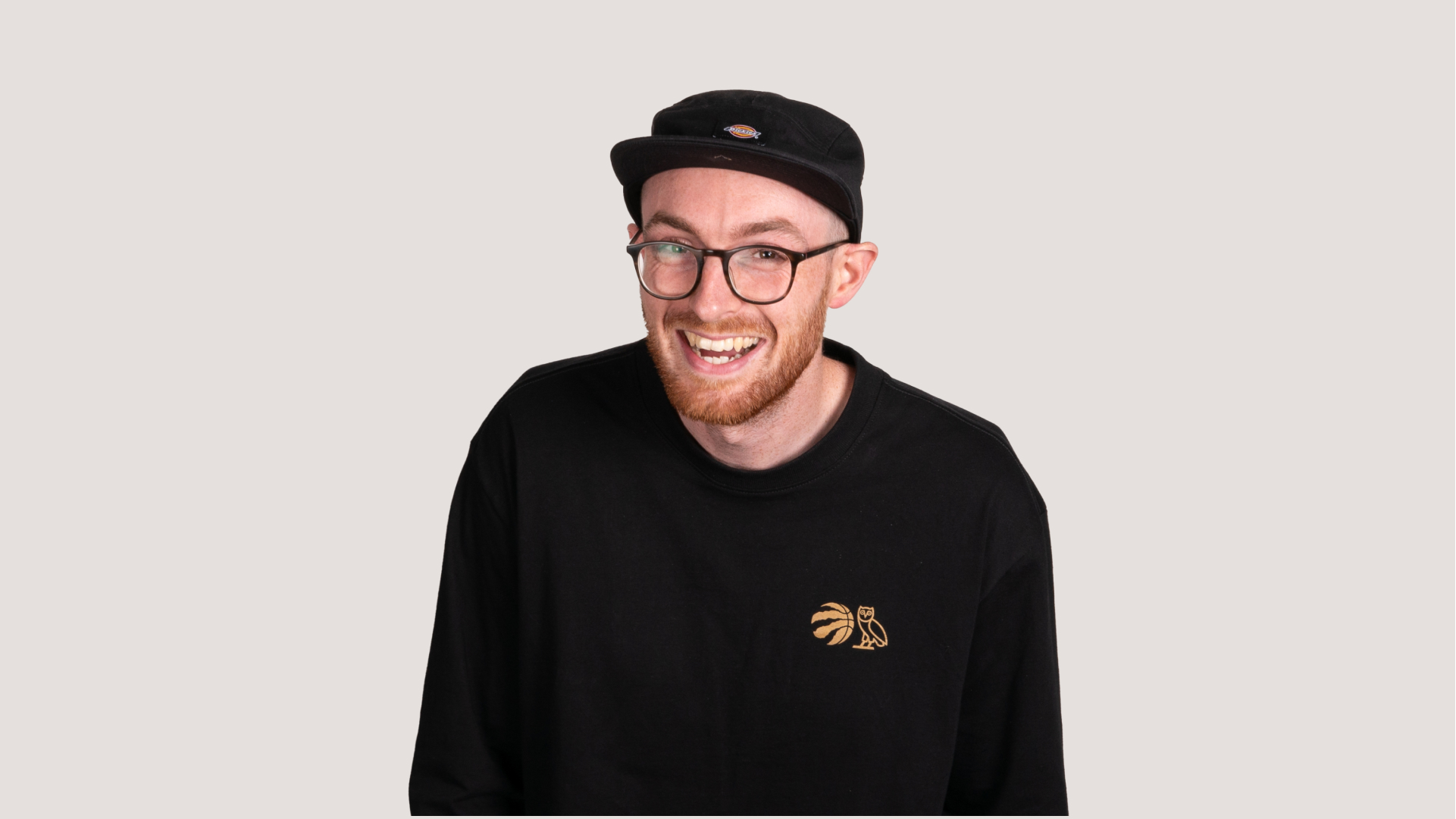Jaywing’s foundations in data and evidence ensure that the following media predictions uncovered by our experts are a reliable forecast and will prove valuable in a period marked by significant shifts.

In the ever-evolving media landscape, staying ahead of the curve is crucial to organisational success. At Jaywing, we’ve tapped into the collective wisdom of our industry trailblazers, PR mavens, and paid and organic media visionaries to uncover the trends, strategies, and innovations set to redefine the media landscape in 2024.
Jaywing’s foundations in data and evidence ensure that the following media predictions uncovered by our experts are a reliable forecast and will prove valuable in a period marked by significant shifts.
Video advertising has been a key medium for communicating with audiences for a very long time. It is not a static field, however, with evolving technologies for video communication, leading to changes in video advertising.
Connected TV (CTV) has become the perfect place to combine the big screen and the high impact of TV, with 72% of users across the UK preferring connected TV to linear TV and 67% of users stating that they would prefer to see ads that are relevant to the content they are watching (Source: Showheroes: Why CTV reigns supreme in the attention economy)
According to Hannah McNally, Paid Media Director at Jaywing:
“I think we’ll see ad revenue stabilise and investment into CTV grow, with increased audience consumption.”
Connected TV attention will pave the way for brand recall with CTV viewing proven as the best state for ad exposure. Through combining the three vital elements that are needed for engaged user attention, CTV is therefore a prime platform to reach users who will retain advertiser messaging and take action.
What’s more important - convenience or privacy?
With 2024 being the year of demolished cookies, users are going to have to decide at what point they’re willing to give their data to businesses and what that value exchange is. As cookies are phased out, different and increasingly thoughtful approaches to drive unique reach and continued messaging will be required. Methods include leveraging first party data, retargeting and consolidation:
“Users will have to decide what’s more important to them – convenience or privacy. When someone needs a lift home after a night out, for example, are people happy for Uber to know their geo-location? Or when a pair of shoes go on sale that someone has had their eye on for a few months, are they happy to be remarketed to?”
Hannah McNally Paid Media Director at Jaywing
Now is the time for the development of human-centric first-party data strategies and for uploading customer data to media platforms using privacy-first audience solutions.
According to Hannah McNally, Paid Media Director at Jaywing, utilising first party data for media planning will become the norm. Using first party data to create customer modelling segments will be used to create media plans in order to drive acquisition and increase growth for businesses. Hannah says:
“Some businesses are still working out their first party data roadmap and how they can tap into this data to drive growth. In 2024, this will start to become more of the norm and less of a luxury as it is needed to drive market share and increase sales.”
Lucy Watson, Client Services Director at Jaywing, adds:
“Although the phase out will be gradual, starting from Q1 2024 with disabling third-party cookies for 1% of users, if you haven't already, now is the time to start leveraging first-party data to maintain effective targeting and measurement.”
User generated content’s (UGC) importance will grow in 2024, with consumers increasingly relying upon peer recommendations and influencers when making purchasing decisions. According to Lucy Watson, Client Services Director at Jaywing:
"In a world now dominated by AI and AR, it becomes crucial for brands to prioritise being human. As we can see in platforms like TikTok and Instagram, a notable switch to user-generated content is taking place. Users are increasingly placing emphasis on authenticity, striving to share narratives that feel genuinely human and unfiltered.”
As well as creating a sense of community around your brand, UGC builds trust. Through encouraging UGC via polls, reviews and social media campaigns, brands can resonate with their audience by tapping into authentic content.
From a paid media point of view, we are already seeing AI being fully integrated into different platforms and into different channels. Google Ads, for example, has the likes of Performance Max and Demand Gen, which has just been launched. This is powered by AI and we will continue to see this continue to grow.
One of the big areas where we're going to see Google take AI is into content creation, asset creation, utilising Generative AI. Looking at Performance Max specifically, we can now give Google a prompt and it will generate the images and the text required for that particular campaign.
In terms of the quality and usability of AI-generated creative, this is questionable as the output is not always tailored to the audience, channel or campaign objective. Human created creative, on the other hand, is intelligently backed by data and science. This is echoed by Thomas Child, Paid Media Innovation Lead at Jaywing, who adds:
“We know what works for a specific audience, we know what works for a specific demographic, so we can really tap into that.
“In terms of what we think is coming next, I think that any new product within paid media, is going to be driven and powered by AI. Google has just launched its new AI product, Gemini, which is looking like it's going to be an incredibly powerful tool and even better than the current AI solutions that are out there. It will be interesting to see how Google integrate that with Google Ads, plus how Meta responds.”
We’re about to see the biggest shake-up in the Organic Search industry in years, says Sam Cant, SEO Lead at Jaywing.
With the testing and rollout of Search Generative Experience (SGE), Google will be adding AI-generated content directly onto search engine results pages (SERPs), with significant impact to the brands that currently occupy them.
Google has already invested hundreds of millions of dollars into SGE, recently announcing Gemini, its most intelligent generative AI model yet. This is said to outperform Chat GPT and strengthen Google’s product offering even further.
Winners, losers and futureproofing
There is no doubt that with large sweeping changes, there will also come winners and losers. These will be decided by who is already looking at and understanding SGE and incorporating it into their organic strategy.
Changes will be coming to search results, particularly for product comparison terms, where Google can generate evaluative content directly on the SERPs; something that we are already seeing in testing environments. Q&A and informational search terms are another obvious target for Google as we start to see the rise in zero click searches. Sam says:
“We're going to start to see an increase in zero-click searches and it's about how we react to that, how we understand the data behind that, and how we can build a strategy that is going to complement this new landscape. With the rise in zero-click impressions and zero-click searches, we need to be able to evaluate the success of our content in Organic.
“It is expected that Google is going to incorporate some of this data into Search Console as it's done previously with Discovery and with SERP features. However, they've also got a history of not giving us the full picture and not giving us all of the data. And as we can't rely on traffic data as much, this is going to become really, really important.”
As organic search marketers, we will need to look to wider attribution and econometrics modelling to build a full picture of changing user behaviour and journey mapping for the future. Sam adds:
“We need to look at the wider picture of user journeys across search and across digital and understand how our content plays a part in brand building, engagement and reach across all channels.”
NEED SUPPORT INCORPORATING SGE INTO YOUR STRATEGY?
According to Jaywing’s PR Lead, Charlotte Hutchings, the media want to hear from experts and real people, rather than brands:
“We need to hear from experts within our client’s businesses such as mechanics and motoring experts for car brands and interior designers for homeware brands. A story is much more likely to get covered if it offers credibility, unique insight and authority from an expert. Equally, a strong case study story from a normal person, with tons of imagery is the golden nugget for a story.”
At Jaywing, we conducted a review of the media landscape in 2023 and saw across every sector that real life stories are a huge trend that are currently performing very effectively. At 45%, almost half of our total estimated views were generated by expert comments.
Being reactive to the news agenda will continue to help organisations be at the heart of the conversation, according to Charlotte. Reactive PR has been a major source of results at Jaywing, being particularly effective in media niches including:
Monitoring the news every morning as a team, means that we are on the pulse of what’s happening with the press, enabling us to get our clients’ comments and content out of the door straight away. With a faster than ever news cycle, this is occurring more and more rapidly.
Charlotte Hutchings, PR Lead at Jaywing
The global influencer marketing industry is set to hit a staggering $21.1 billion by the end of 2023, surpassing forecasts that pegged it at $15 billion for 2024 (source: Together).
As 2024 unfolds, Charlotte expects to see a continuous shift towards micro influencers; influencers that have a small follower count, but deep authority and resonance within niche communities:
“For many ordinary people, huge influencers now seem unrelatable and unauthentic, posting constant advertorials on their channels. Many customers now want to relate to smaller influencers who are authentic and live lives that are more like theirs.”
These will continue to be huge challenges for journalists in 2024. Cision’s Global State of the Media Report states that fake news and disinformation were some of the biggest challenges to face journalists in 2023. This will continue to be a big challenge and something which journalists are extremely cautious of. According to Charlotte:
“Any PR campaigns which rely on data, must have robust methodologies that can be distributed alongside the press release, to eliminate any concerns from publications.”
AI was definitely the buzzword for 2023, and it’s not going anywhere in 2024. Chat GPT has taken the world by storm, and as an industry, we are hesitant about the impact this could have on the quality of content being created. Charlotte adds:
“We should be cautious when it comes to using AI tools for written content creation; however, we’ve seen a rise in PR campaigns using AI-generated images, video and other creative elements, which I believe could help take PR campaigns to the next level creatively.”
AI shouldn’t replace PR tactics. It can, however, be used as part of a toolkit to enhance the overall experience or to optimise a process.
PR will continue to need to prove its commercial value in an even tougher economic environment. In a world of contracting marketing budgets, there’s a greater impetus on proving tangible business impact. Traditional metrics, such as coverage and link numbers, generally struggle to be tied to financial returns.
According to Jamie Crane, Organic Media Lead – Media and Science at Jaywing:
“This is particularly important when we’re trying to prove that what we’re doing is worthwhile to client stakeholders, which increasingly includes those in charge of the purse strings.”
It is important that we demonstrate how we can make a difference to their bottom line. This can be achieved through utilising Econometrics models, which help to prove the commercial impact of PR. In addition, a quality rather than quantity approach prioritises the results that are going to provide the most benefits to clients. This is informed by Link Intelligence and proven using our industry-first link relevancy tool, Comprehend.
Navigating the evolving landscape of PR
In recent years, the landscape of PR has undergone a significant transformation, with a notable shift towards authenticity and credibility. The media's increasing demand for expert voices has led to a change in the way companies communicate their stories. Rather than relying solely on statistics and faceless brands, the emphasis has shifted to human interest elements and the real people behind the scenes. This shift not only adds a level of credibility to the narrative, but also enhances the overall effectiveness of PR campaigns.
The rise of influencer marketing has brought about a renewed focus on micro and niche influencers. As people seek to engage with individuals who reflect their own experiences and values, the era of mega influencers with millions of followers is giving way to more authentic and relatable content. This trend is expected to continue gaining momentum, with an increased focus on micro influencers in the coming years. The emphasis on authenticity and relatability reflects the evolving preferences of modern consumers and highlights the importance of genuine connections in PR strategies.
Looking ahead, Jamie Crane, Organic Media Lead – Media and Science at Jaywing adds:
“The challenges of trust and authenticity in the face of fake news and AI advancements are set to become even more crucial in 2024.
“As the industry embraces technological advancements such as ChatGPT, the need to balance innovation with quality and authenticity in content creation becomes increasingly vital.
“Despite these challenges, the industry anticipates continued growth and prevalence, with an increased focus on proving the tangible business benefits of PR and organic activities. The shift towards demonstrating commercial impact and making a real difference to clients signals a new era of accountability and value in the world of public relations.”
FIND OUT HOW YOU CAN TRANSFORM YOUR PR STRATEGY
Preparing for the future of media
The broad spectrum that is media needs to be agile and adaptable, with creative at its heart and powered by data science, data analysis, innovation, the latest technologies and platforms, and, ultimately, effective measurement wrapped all the way around.
A vital combination of expertise and talent
The measurement of every touchpoint and its impact is crucial to ensure that growth is efficient, meaningful, and continually adapting to influences in the market, the economy, budgets, and evolutions in channels and landscapes. According to Chris Langan, Media Director at Jaywing:
“A successful media team doesn’t just comprise of channel specialists; it has to be an integrated team of specialists, brand strategists, data scientists, modellers and analysts, digital and social-first creatives, and attribution and econometrics experts. So, the right talent coming together to be creative, innovative, and to deliver media solutions to business challenges - not just channel isolated tactics.
“It's not by accident that Jaywing has all of this expertise and talent under one roof, all coming together to deliver successful and truly meaningful solutions for our clients, their challenges, plus their ambitions for growth. We've been doing it for years and we will tell you amazing stories written with numbers.”
During 2024, the media industry will grow in confidence, driven by the rise of generative AI and stabilising advertising revenue. The limitations placed on marketing teams, by both the pandemic and economic uncertainty, should start to ease during 2024 and teams will be able to test and experiment. Media giants, including Google, TikTok and Meta, are predicting a strong 2024 with TikTok’s popularity continuing to skyrocket and Meta releasing impressive Q2 revenue growth. They will continue to enhance their offerings and advance generative AI use cases, which will strengthen their advertising appeal.
REMAIN COMPETITIVE IN THE DYNAMIC MEDIA LANDSCAPE






